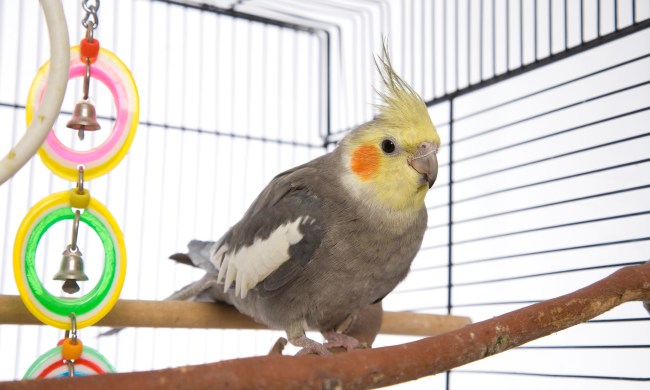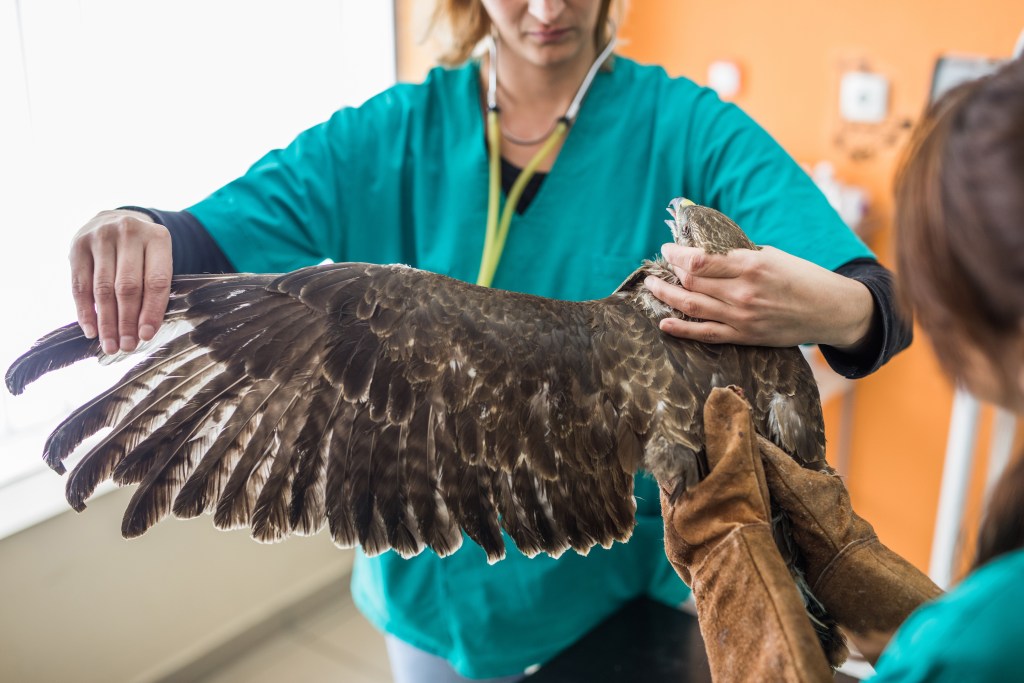
It’s hard to know when to get involved in the natural order of things, and many times, you’ll want to leave Mother Earth alone and let the ecosystem balance itself. But occasionally, the opportunity to step in and make a difference really does come along. If ever you stumble on an injured bird with a broken wing, you may be able to save them without harming nature in the process.
Before you ponder how to help a poor flyer, make sure the bird is actually hurt. Some animals fake injury to lead you away from a nest. If you’re certain the avian needs help, it’s time to spring into action.
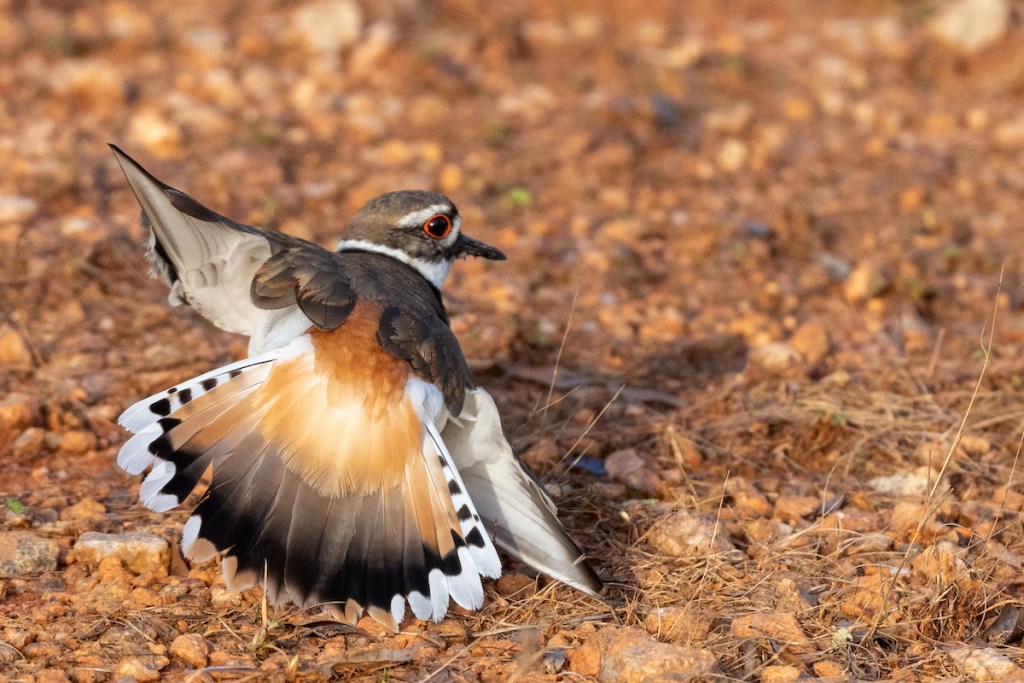
How to tell if a bird has a broken wing
In order to determine if the bird's really hurt, you need to pause for a minute and take stock of the situation. First, try to figure out if you're actually watching a young bird that's learning how to fly. At first glance, it might look like the little birdie is hurt, but in reality, they're testing their wings.
Other birds sit for long periods of time, even on the ground, and also don't need any intervention. After you've monitored for a few minutes, slowly walk up to the bird and gauge their reaction. One that attempts to fly away but can't make lift off, probably needs your help.
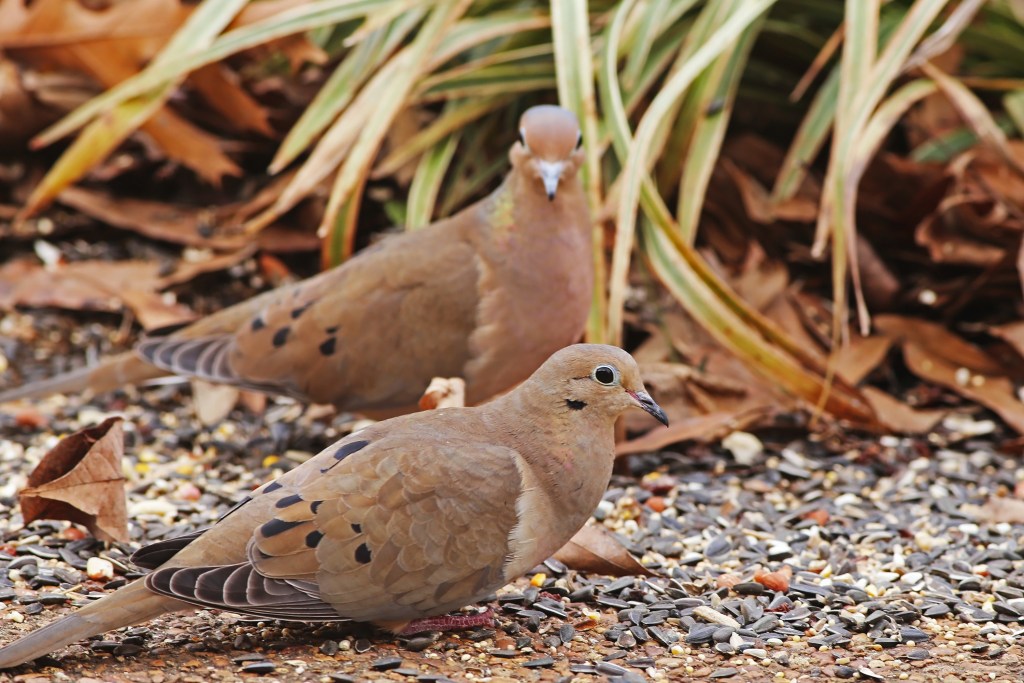
Can a bird survive a broken wing?
Yes, a bird can go on to live a long and happy life after their broken wing heals. One of the biggest threats during this time is predators, which is where you come in. A bird that can’t escape on its own needs a safe space, and you can provide it. But you don’t want to tame the animal (it’s not a pet, after all) or accidentally break the law (we’ll get to this part).
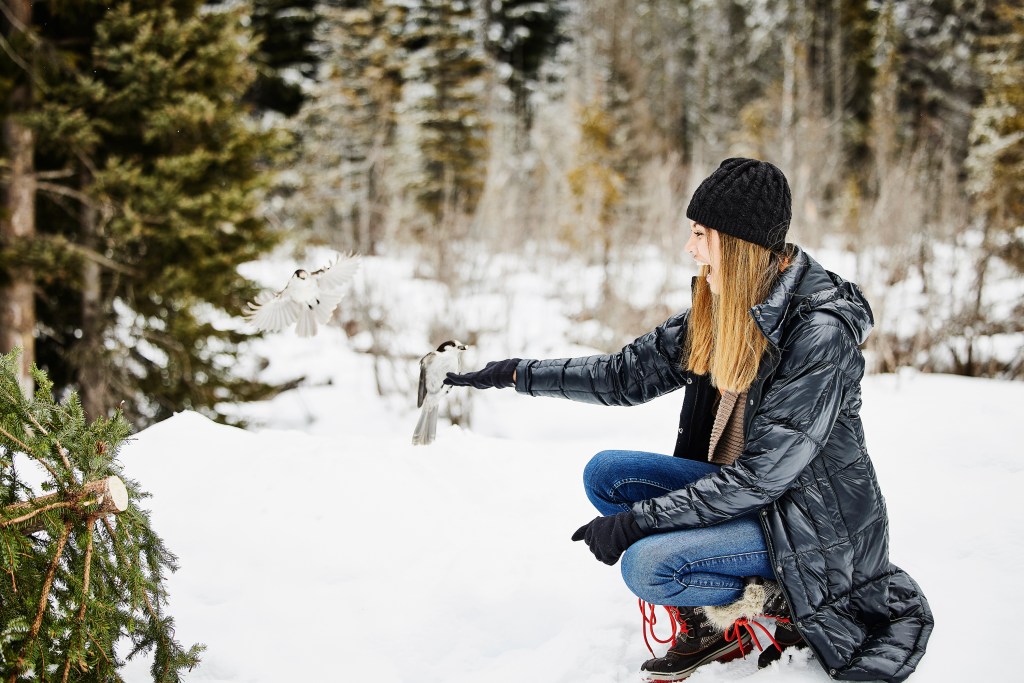
Can a bird’s broken wing heal on its own?
Just as we’re designed to heal after a break, the average bird can recover from a minor wound without any intervention. Often it will be starvation or a predator, rather than the injury itself, that ends their life. However, a major break will need human help, including surgery, to get it back to normal and prevent infection along the way.
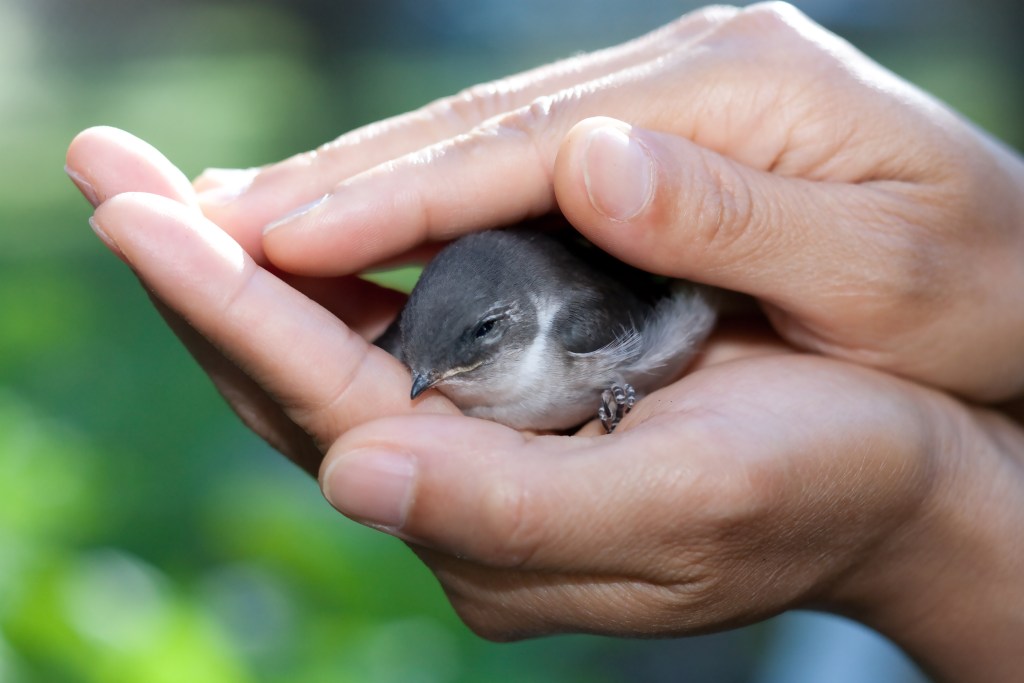
How long does it take for a broken bird wing to heal?
You’ll be surprised how quickly a small bird heals once you take care of the affected area. They could be ready to go after just one week. However, recovery can take up to a month for a more serious injury, and by that time, birdie will have lost some of the muscle definition needed to fly, so they’ll need some rehabilitation. Sadly, breaks can be so severe that they defy recovery, and the humane thing to do will be to put them down (but make sure you have an expert take care of this).

How to help a bird with a broken wing
Now that you’re ready to take action, you need to figure out what to do to assist your infirm friend. Remember that there may be laws in place here, as strange as that sounds. The Migratory Bird Treaty Act of 1918, and a few other rules, actually prohibit you from taking some birds out of the wild, even if you’re just trying to help. Do the proper legal research before picking up an animal and bringing them home. Then, follow these four steps to take care of the avian.
Step 1: Call a vet or rehabilitation center.
You may be able to find a local center with tons of experience that will take in the bird from start to finish. It’s crucial to know exactly how bad the break is and whether it needs surgery, both of which require a vet.
Step 2: Capture the bird and transport them to a safe location.
Hurt birds go into shock very easily, so watch them carefully and don't do anything that might scare the bird, even unintentionally. It can help to wrap them in a towel so as to prevent further damage, and make sure they stay warm and comfortable. Get a small cardboard box (with plenty of holes) and use that for transportation.
Step 3: Set the wing and bandage it.
The wing should be against the little body in a natural position, but don’t force it in and make things worse. Then, secure a bandage around the wing and body to keep it still. Sometimes all the bird needs is a little swaddling and then resting time to get better.
Step 4: Release the bird back into the wild.
There’s a chance that the wing might merely be strained, and your feathered friend will be back out ready to fly off in no time. Otherwise, it can take a few weeks to get them on the mend.
It’s important that they bird doesn’t become too domesticated, so it’s good for them to eat from an outdoor feeder on the ground when possible.
A few things can cause broken wings in birds, namely cars, windows, and cats or dogs. Adjust your care methods depending on what got them — if you see cat scratches, you may decide to treat those first (don’t use chemicals though). Also, an injured animal means a scared animal. Wear protective gloves and be careful not to get yourself scratched or nipped while you help them get better.



